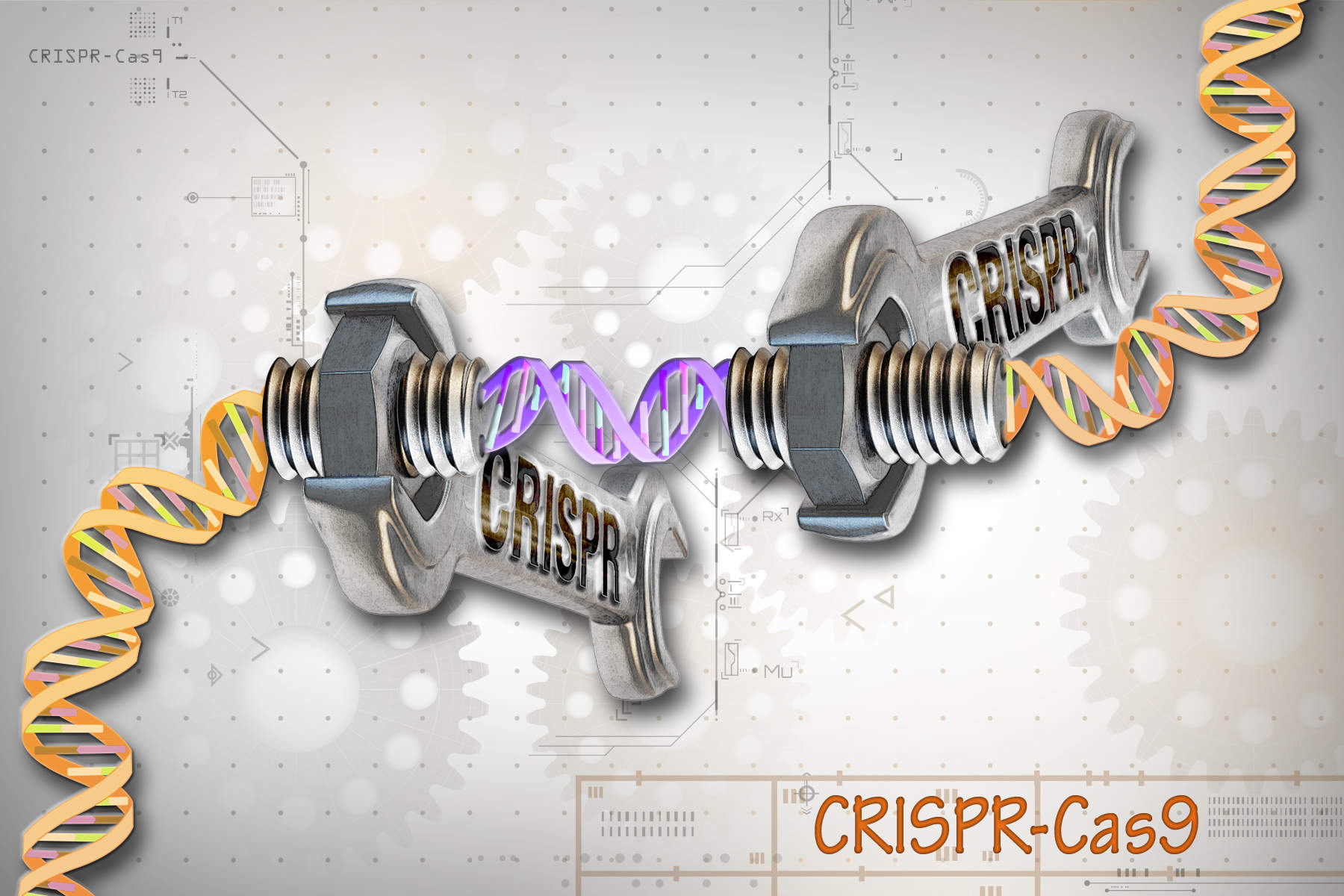In 2018, we can expect to see large numbers of CRISPR trials taking off all over the world and we should not be afraid of this technology, because we severely need it if we want to cure chronic disease or change our nature to better cope with a changing environment and new challenges for our species.
CRISPR: a priority investment
With CRISPR, there is no doubt that there are multiple very concerning implications of the technology. Should humans actually alter their genetic code to introduce preferential attributes? Should parents be allowed to dictate what their children look like? And, perhaps most pressing of all, should we be altering our own evolutionary path in this extreme way?
All of those ethical questions will have to be decided upon much further down the line and a large amount of regulation will have to make sure, if we do allow any of these things, that they can be safely controlled.
However, that aside, the immediately pressing issue is the amount of fatal and life-altering conditions that CRISPR might be able to stop. When it comes to cancers, hereditary diseases, viral infections and rare genetic diseases for instance there are many that are incurable and fatal. In the case of cancer alone, despite surgeries and therapies, it is very difficult to stop, and people are contracting it at increasing rates.
CRISPR could be the technology with which we can fight multiple problems and any worries about the longer term ethical questions of playing god with our DNA should not stop research from progressing in the pursuit of solutions to deal with these deadly diseases.
Scores of tests are underway in 2018, US and China lead
In 2016 testing began on the first set of human trials in China, looking to use CRISPR to treat an aggressive form of lung cancer. In 2017 there were over 20 different trials starting worldwide and the vast majority of relevant patents split between the US and China, with relatively little research being done by Europe in general.
How well do you really know your competitors?
Access the most comprehensive Company Profiles on the market, powered by GlobalData. Save hours of research. Gain competitive edge.

Thank you!
Your download email will arrive shortly
Not ready to buy yet? Download a free sample
We are confident about the unique quality of our Company Profiles. However, we want you to make the most beneficial decision for your business, so we offer a free sample that you can download by submitting the below form
By GlobalDataThe principle targets during these very early days of CRISPR tests and research are still very high-profile disease targets, including cancer, HIV and rare diseases. For instance one of the first tests to run in 2017 is aimed at cancer patients that will involve 3 different CRISPR edits. Firstly the process removes T-Cells to perform CRISPR edits on them giving them a protein which is able to find cancer cells and secondly removing proteins that prevent T-Cells from attacking cancers, and then a third CRISPR edit will prevent cancerous cells from identifying T-Cells as immune cells so they cannot be disabled.
The majority of these studies are based in China or the US, and some have said that there is a medical arms race of sorts developing between the two countries, as each moves to perfect the technologies and achieve lucrative patents. Studies like this are trying to deal with some of the most important medical problems and as such are very ambitious. It must be noted however that gene therapy has been used before and calamitously in some cases.
For instance as far back as 1999 a gene therapy trial resulted in the death of a young patient as a result of poorly prepared research and it is widely believed that this trial caused a decade’s worth of setbacks in the technology. However, the threat from certain diseases means that it is imperative that CRISPR technology be advanced as much as possible, but applying heavy caution when it comes to permitting any permeant changes that will be passed on to other generations.
CRISPR: revolutionary, but far from perfect
“Off-target effects” is the current phrase in the industry to describe some significant problems when CRISPR alters something that it was not intended to. Overall CRISPR is a very precise tool; however our still-limited knowledge of the genome and DNA means that sometimes CRISPR gets inadvertently sent to the wrong section of the genome.
Off-target effects occur because of how CRISPR works. It has two parts RNA and an enzyme. The RNA targets the site in a genome specified by the RNA’s string of nucleotides, and an enzyme cuts the genome there.
However, more than one site in a genome can have the same string of nucleotides. In a similar way to searching for a phrase in Excel for instance, one might be looking for the phrase “ball” and the search returns “ball” plus “balloon”, “ballet” or “ballard”. CRISPR can be misled in this way because its instructions are not precise enough.
In one study CRISPR was supposed to edit a particular gene which stimulates production of blood vessels and can include those used by cancerous tumors with the hope of stopping that cancerous tumor growth. The target was in chromosome 6, but, studies showed, this CRISPR can also locate genes on practically every one of the other 22 human chromosomes and would have altered them too.
Each CRISPR that is developed usually has somewhere between 0 and 10 known off-target sites that have been predicted by computer algorithms beforehand, but there are also potentially many more sites that a CRISPR targets that are completely unknown to researchers and can’t currently be predicted. This is why CRISPR is a potentially dangerous technology in this early period, as we may be altering sections of DNA that could cause cancers to actually develop or accidentally shut off a vital piece of code that causes a patient to have dramatic health problems.









Related Company Profiles
RNA Corp